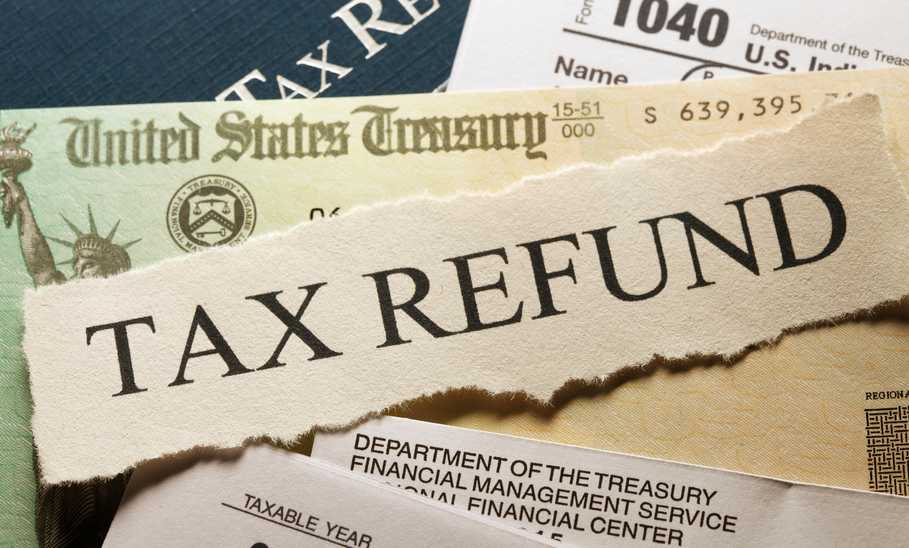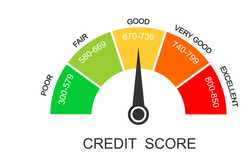When Will I Receive My Tax Refund?


Our evaluations and opinions are not influenced by our advertising relationships, but we may earn a commission from our partners’ links. This content is created by TIME Stamped, under TIME’s direction and produced in accordance with TIME’s editorial guidelines and overseen by TIME’s editorial staff. Learn more about it.
The amount of time it takes to get your tax refund depends on how you filed, when you filed, and certain credits you may have filed for, among other factors. Approximately nine out of 10 tax refunds are issued within 21 days, according to the IRS. But if you’re among the one in 10 taxpayers whose refund takes longer, you may be wondering why. This guide will cover what you need to know to ensure a smooth and quick tax refund process.
Generally, the sooner you file, the sooner you’ll get your refund. If you want to get ahead of the game, there are a few dates to keep in mind, such as:
The estimated first day the IRS will allow for e-filing is around January 18, 2024. However, keep in mind this date is before the January 31 documentation deadline. If you file this early, it’s possible you could receive additional tax documents after you file.
For taxpayers who file a return that includes the Earned Income Tax Credit (EITC) or Additional Child Tax Credit (ACTC), there’s a complication. The IRS isn’t permitted to issue refunds for these credits before mid-February and Feb. 28 is the date the IRS says refunds should be available.
The deadline to file your 2023 tax return is Monday, April 15, 2024. For taxpayers filing an extension, the deadline is October 15, 2024. Late tax returns are accepted via e-file until November.
The tax-refund process involves a number of steps that start with you collecting your tax data and filing your taxes.
You’ll see tax documents—such as Form W-2 from an employer or 1099 Forms if you are a freelancer—start to show up in your mailbox in January or early February. You’ll also want to locate your tax return from previous years, business expense logs (if applicable), and other documentation if you itemize deductions (for example, childcare expenses paid to Care.com). Keep everything you receive in a single file for easy organization.
The next step is to input the information and file your tax return. There is no shortage of providers if you want to e-file your tax return. They all have different features and benefits. Some are paid while others are completely free. Others use AI to help file your taxes.
Recommended software specifically for filing taxes:
 |  |  | |
|---|---|---|---|
| Federal filing fee | $0 to $219 for DIY | $0 to $195 for DIY | $0 (Event for freelance and self-employed) |
| State filing fee | $0 to $64 for DIY | $0 to $50 for DIY | $0 |
| Tax assistance | Yes - Live assisted | Yes - Online assist | No - only tech support |
This step simply means that your tax return has made it to the IRS. If e-filing, an accepted return is a great sign. This usually means the IRS hasn’t found any basic errors, such as a mistyped Social Security number or dependent information, in the electronic return.
The IRS approves your refund
It can take anywhere from a few days to three weeks to process your return and approve a refund. If there are errors or corrections needed, the IRS will send you a letter. If there are no errors or issues with your refund, the IRS will approve it.
The IRS sends you a refund
This is the last step you’ll see updated in the IRS’ Where’s My Refund? tool. If you selected to receive your tax return via direct deposit, you may see it almost immediately in your bank account, though the IRS says to allow your bank time to process the return.
Several factors determine when you’ll receive your refund.
The biggest factor in the delay for most taxpayers is if you filed your return by mail. E-filing is the fastest way to get your refund..
If you filed your return close to the deadline, your tax refund could be delayed.
If the IRS needs more information to correct an error, it will send you a letter to communicate. Errors and corrections = a delay in how quickly you’ll receive your tax return.
If the IRS suspects fraud, identity theft, or suspicious activity, your return will take longer to process while it works through these kinds of issues.
It’s not uncommon for the IRS to take more time reviewing a tax return.
E-filing is the fastest option by far. If you want your tax refund faster, have your refund sent to you via direct deposit when you e-file.
This table summarizes the fastest way to receive your tax refund.
| How to receive your tax refund | E-file | Paper file |
|---|---|---|
Direct deposit | Fastest, within 21 days | Slower, 4 to 6 weeks |
Paper check | Fast, 21 days plus delivery time | Slowest, 4 to 6 weeks plus delivery time |
As for the paper file option, it’s the processing time that takes so long. When the IRS receives a paper return, they need to enter it into their system by hand. Paper returns also tend to have more errors, so the IRS needs to make corrections before issuing a refund. In short, a return filed through the mail could drag on for months.
There’s a nifty tool the IRS uses to track your refund status. It’s updated daily, so you’ll know very quickly if the IRS has accepted your return and when a refund is on its way. It’s called “Where’s My Refund?”
To use the tool, you’ll need the following information:
After entering this information, you’ll see one of the following status updates:
If you have filed a paper return, the IRS says to allow at least four weeks to check your status. That says a lot about which method for filing your taxes is faster. Contrast that with an e-filed return that you can check within 24 hours.
The quickest way to get your tax refund is to file your taxes electronically and choose direct deposit for your refund. E-filing also produces tax returns that tend to be more accurate.
If you need to send a paper return, be prepared to wait around six weeks for a refund.
To check the status of your tax refund, use the “Where’s My Refund?” tool from the IRS.
Wondering what to do with your tax refund?
See our experts' tips:
How to Invest $1,000
How to Invest $10,000
How to Invest $20,000
How to Invest $100,000
If you want to know the status of your tax refund at any given time, take a look at the IRS “Where’s My Refund?” tool. If you e-filed, you can typically expect your refund back within 21 days. Mailed returns take four to eight weeks, and if you’re filing close to the deadline, you can expect to be on the longer end of that estimate.
Though your individual situation may vary, the IRS claims that nine out of 10 tax refunds are issued within 21 days to those who e-file and elect to have the funds direct deposit.
The IRS cannot issue tax refunds that include an additional child tax credit (ACTC) or earned income tax credit (EITC) until mid-February. While the earliest you could receive it, the IRS says you can expect it by February 28 if you file electronically, receive your refund via direct deposit, and there are no issues with your return.
TIME Stamped is paid a flat fee for each successful referral to Herring RIA Sub, LLC ("Playbook") made through our links. TIME Stamped is not a Playbook client. There is no guarantee that clients will have similar experiences or success.
The information presented here is created by TIME Stamped and overseen by TIME editorial staff. To learn more, see our About Us page.



